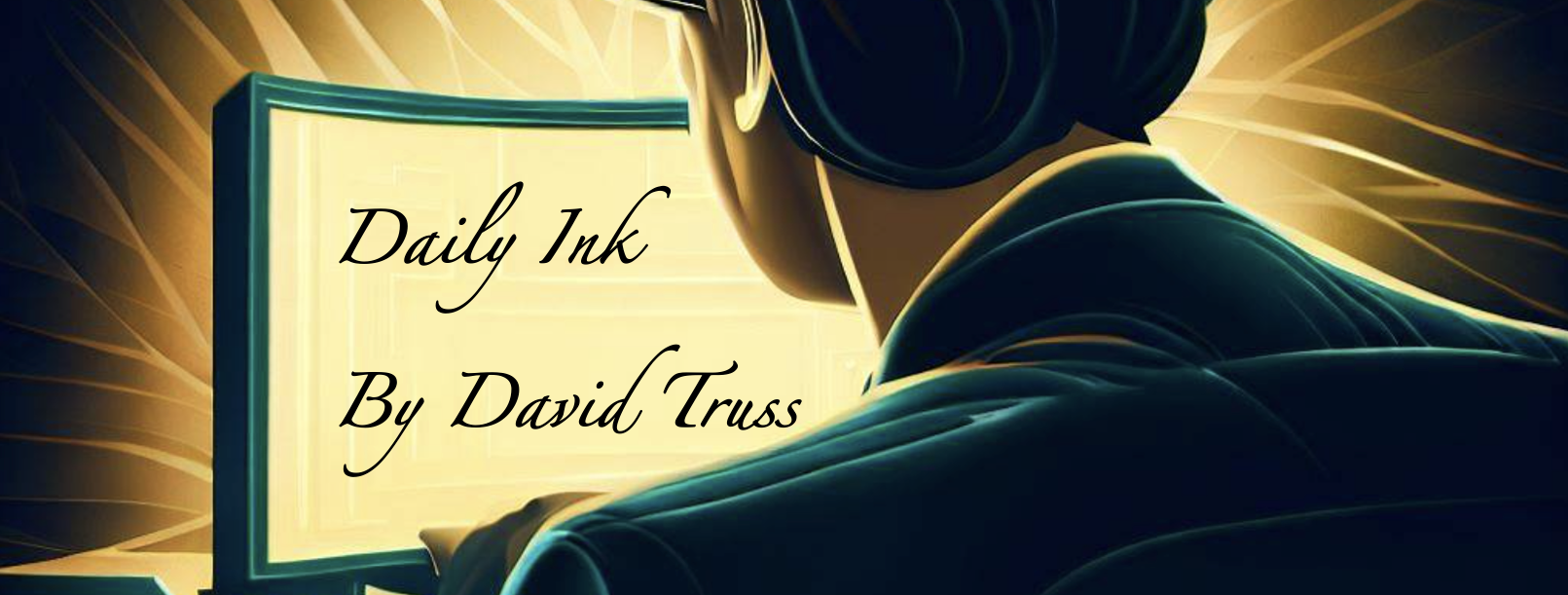I surveyed our Grad 9’s a couple days ago. Coming from middle school, and getting stuck in a single cohort, they really didn’t get the experience at our school we wanted for them. At Inquiry Hub our students usually connect across grades, and interact as a larger community, which is important in a really small school. But although we were able to give them full days, unlike large schools with a lot more cohorts to manage, the environment our 9’s came into is far more like an extension of a single class in middle school than a high school. That said, they really don’t know what they are missing compared to a regular year here… they’ve never seen it.
I asked them to write on a piece of paper, a positive, a challenge, and/or a suggestion or wish, and I collected them. They could write about any or all of these.
Here are a few of them:

The challenges and suggestions were all related to covid restrictions, with less clubs, and a lack of connection with other cohorts. Beyond that the comments were very positive.
“I like the open and just overall welcoming environment.”
“I like how you can structure your own day…”
“I like how our courses let us set our own goals and learning paths.”
“Even though our community is so small, I like how close we’ve all gotten.”
One comment in particular was quite interesting to me:
“I love how much the teachers trust us here.”
I agree that our teachers give students a lot of freedom, and choice. And students at iHub get a fair bit of unstructured time to work on what the want/need to work on. But I never thought of this through the lens of trust, like this student.
When students feel trusted, they feel empowered, they feel they have a responsibility to keep that trust. It’s an interesting lens to see the dynamic of the classroom through. How does the relationship between the students and the teachers change when trust is given and valued? Where does the responsibility for learning fall in a trusting relationship? What else is fostered in a trusting environment?
Kudos to our teachers for creating such a wonderful learning environment in these challenging times.



















